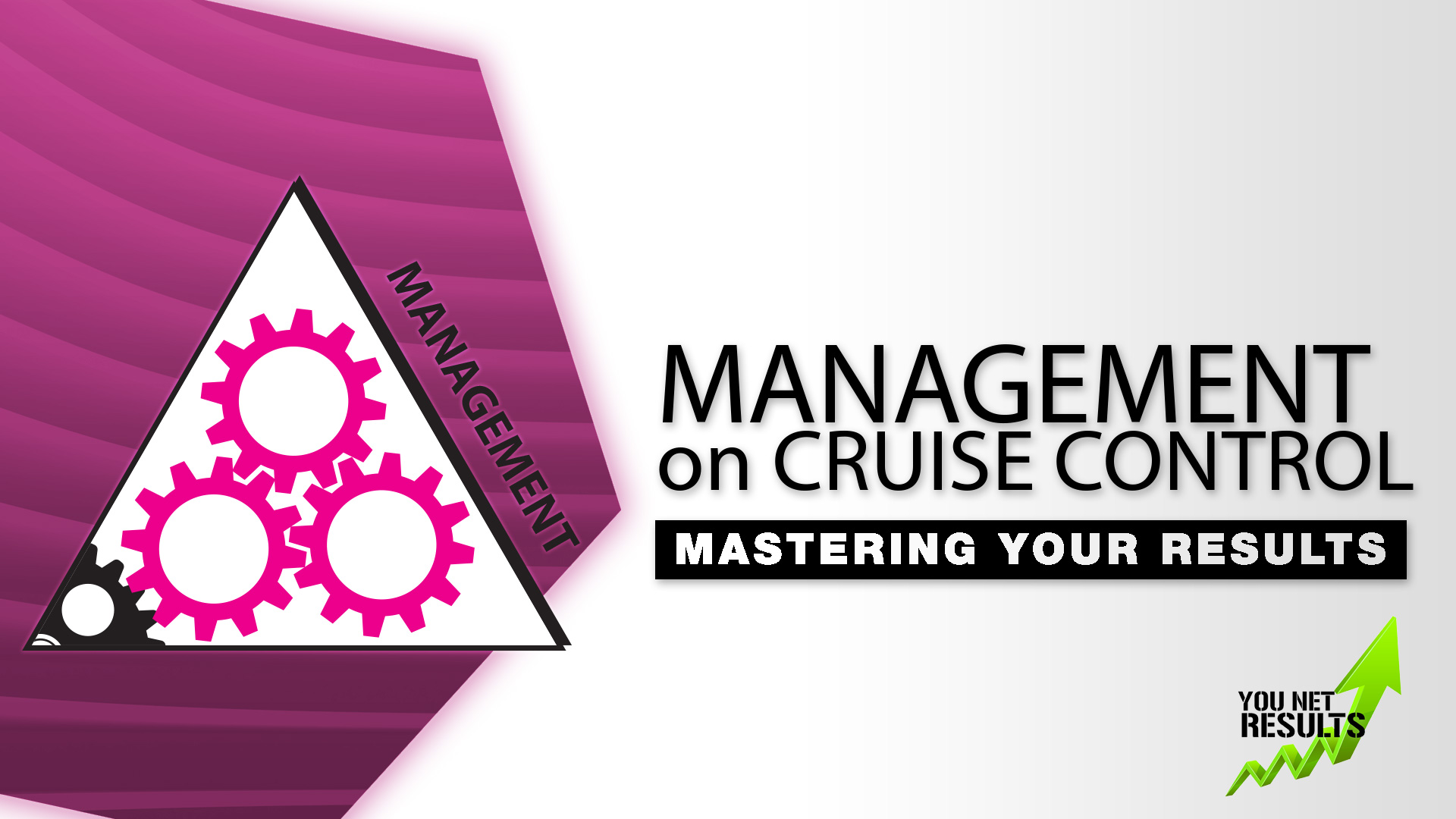
As an auto repair shop owner, you wear many hats. Often, you have to be the head mechanic, the marketing manager, and the CEO all in one. However, if you want your business to grow, you need to learn how to delegate effectively.
Delegation is the key to building a successful team and freeing up your own time in order to focus on high-level tasks that will help your business thrive. In this article, we’ll show you how to delegate and deliver effectively as a leader. You will also learn how to build a team that can help you achieve your goals.
The Importance of Knowing How to Delegate Effectively
Delegation is an essential skill for any leader, but it’s especially important for small business owners. When you’re running a small business, there are only so many hours in the day. You can’t do everything yourself, and trying to do so will only lead to burnout and frustration. Effective delegation allows you to leverage the skills and talents of your team members, so you can focus on the tasks that only you can do.
Why is Delegation So Hard?
Delegation is not always easy. As a business owner, you’ve probably built your business from the ground up, and you may have a hard time letting go of control. You may worry that no one can do things as well as you can, or that delegating will take too much time and effort. However, if you want your business to grow, you need to learn to delegate effectively.
The Benefits of Knowing How to Delegate Tasks
Effective delegation has many benefits for your business. It can:
- Free up your time so you can focus on high-level tasks
- Help you build a more productive team
- Develop the skills of your team members
- Increase job satisfaction, as well as employee engagement
- Reduce both stress and burnout
How to Delegate Effectively
Delegating effectively is not just about handing off tasks to your team members. It also requires careful planning, communication, and follow-up. Here are some steps you can take to delegate effectively:
Step 1: Identify the Tasks You Can Delegate
The first step in effective delegation is to identify the tasks that you can delegate. Look for tasks that are:
- Either routine or repetitive
- Time-consuming
- Not critical to your core business operations
- Within the skill set of your team members
Step 2: Choose the Right Team Member
Once you’ve identified the tasks you can delegate, then you can choose the right team member for the job. Look for team members who have the right skills and experience, and who are motivated to take on new challenges. Consider delegating tasks as a way to help team members grow and develop their skills.
Step 3: Provide Clear Instructions
To delegate effectively, you need to provide clear instructions to your team member. Be specific about what you want them to do, when you need it done, and what resources they have available to them. Make sure your team member also understands the importance of the task, and how it fits into the bigger picture of your business.
Step 4: Set Clear Expectations
Set clear expectations for your team member. Define what success looks like for the task, as well as the metrics you’ll use to measure progress. Make sure your team member knows how to report back to you on their progress, and what to do if they encounter any challenges.
Step 5: Provide Support and Feedback
Provide your team member with the support they need to succeed. Check in with them regularly to see how they’re doing, and offer guidance and feedback as needed. Celebrate their successes and help them learn from their mistakes.
Conclusion: Delegation is Key to Leadership Success
Remember to identify the tasks you can delegate, choose the right team member, provide clear instructions and expectations, and offer support and feedback.
With these skills, you can become a more effective leader while growing your business. Don’t be afraid to let go of control. Trust your team members to help you achieve your goals.
You Net Results
Contact You Net Results today, and let us help you begin the process. Book a complimentary consultation. Brian Gillis and his team will help you build your leadership foundation and plug you into a vast network of auto repair shops. We all work together to strengthen the automotive industry! Let’s make June the best month of your business life!
 Auto Repair Sales Techniques That Your Service Advisor Can Use Today
Auto Repair Sales Techniques That Your Service Advisor Can Use Today Your independent automotive repair shop is lacking in direction. Maybe your business plan has stalled out. You are definitely not meeting your goals for growth. You need an experienced automotive industry coach who can help you. Then why not schedule a FREE business strategy session with You Net Results guide Brian Gillis? You’ve got absolutely nothing to lose, so sign up today!
Your independent automotive repair shop is lacking in direction. Maybe your business plan has stalled out. You are definitely not meeting your goals for growth. You need an experienced automotive industry coach who can help you. Then why not schedule a FREE business strategy session with You Net Results guide Brian Gillis? You’ve got absolutely nothing to lose, so sign up today!


 The Oil Change Chain – Setting The Table
The Oil Change Chain – Setting The Table Buy Parts at the Right Price So You Can Protect Your Shop’s Parts Margin
Buy Parts at the Right Price So You Can Protect Your Shop’s Parts Margin
 Your Service Advisors Need To Learn Payoff Gestures
Your Service Advisors Need To Learn Payoff Gestures






